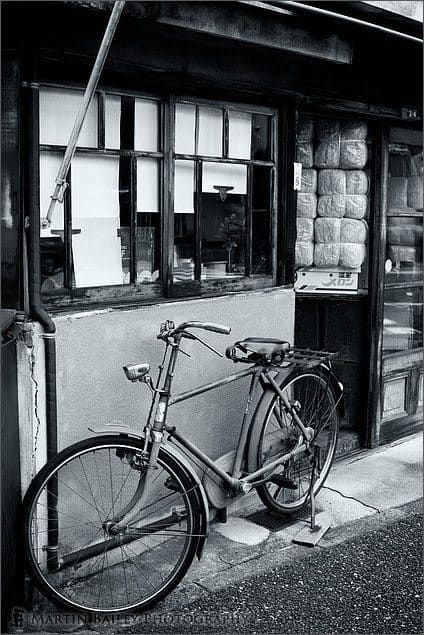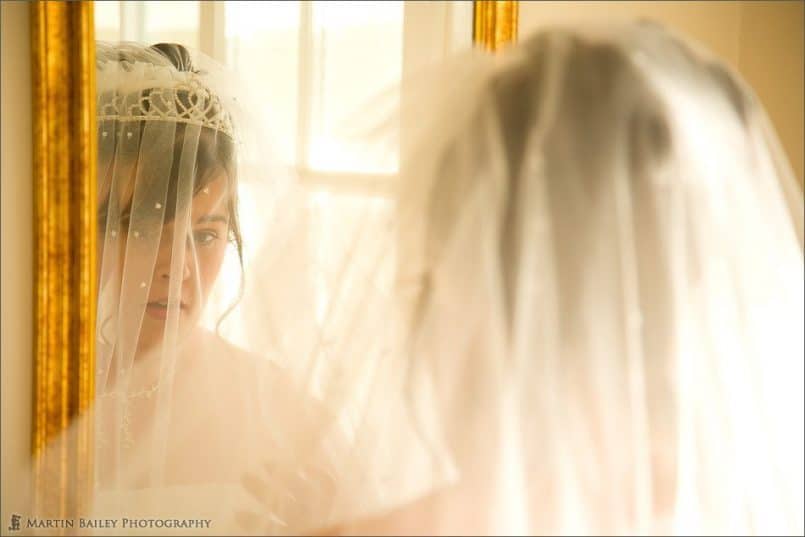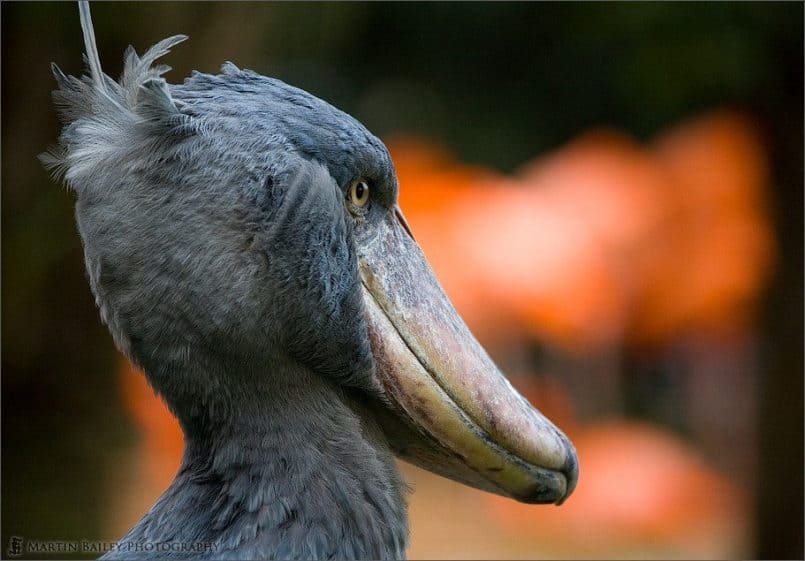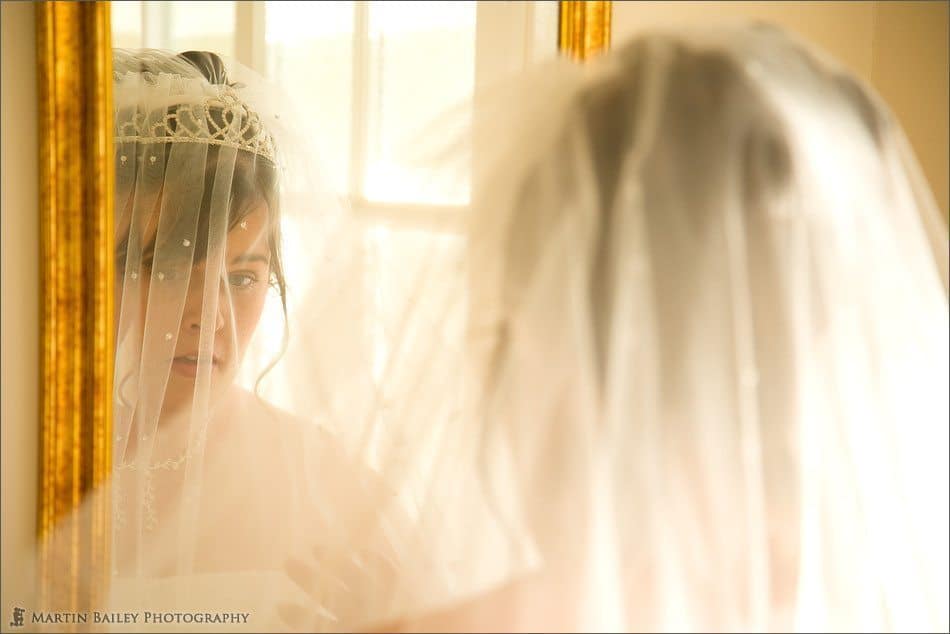In this post/podcast episode, I’m going to answer three questions from listener Paul Posey, from Louisville, Kentucky, (which coincidentally is the home of our friends over at Outdoor Photo Gear). Thanks very much for your questions Paul, and it looks like you sent the questions via the MBP Podcast Companion iPhone app, so thanks very much for picking that up too! You can get your copy of the app here, or by searching for MBP in the iTunes Store, and filtering under Apps.
First up, Paul asks “What tripod do you use in most of your work and why?”
Gitzo – Simply the Best

My Gitzo Tripod in Action
For a number of years now, I’ve only used Gitzo’s carbon fiber tripods, because I find them to provide support for heavy equipment and long lenses, despite them being relatively light because of the carbon fiber construction. They aren’t cheap, and I do think that there may well be some good alternatives on the market now too, but first let’s look at what I use. I actually have three Gitzo tripods, one is a very tall, old three series tripod, before the 6X range was introduced. 6X design basically stops the leg segments from turning when you loosen the locking nuts to adjust the height.
I also have a very large 5 series Gitzo that I use for video, but my main tripod is a GT3540L, but I don’t want anyone to get hung up on the numbers here, because this may well not be the optimal tripod for you. Also, Gitzo revs the last numerical digit when they release an updated version of each tripod, so the GT3540L is no longer available. So, instead of giving you model numbers, I’m going to discuss some of the options that you need to consider when buying a tripod. What I also suggest is that you take a look at the Gitzo Products Configurator, that can be found on the top page at gitzo.com. Unfortunately, at the moment this seems to be broken, so I wasn’t able to reference the configurator in preparation for this Podcast. Hopefully it will be back up before you try to use it yourself. Anyway, here are the things to bear in mind when you start to select options for your tripod.
For your main, everyday use tripod, select something that will get your viewfinder at least to eye level, when the tripod is fully extended, but without using the center column. The sizes are available on the Web site, but you will need to look at the height of your tripod head, and the distance from the bottom of your camera to the viewfinder, but generally you can just add around 20cm to the height of the tripod, and that will get you close. The objective here is to stop you from having to stoop when you are framing your shots. There is nothing worse than bending over to compose your photographs, because you didn’t want to pay the cost of a tripod large enough to enable you to avoid doing this. You’ll soon find yourself not using the tripod at all, and that means the entire price of the tripod was a waste.
I say that you need the height to be “at least” to your eye level, because I actually like to try to get around a foot or so above my eye level, for a couple of reasons. The first one being that if you are shooting up at something, it makes it much more comfortable if you can increase the tripod height to a point that you can look up into the camera. You can get around this to a degree with an angle finder, and Liveview also helps, but still, getting the camera up high really helps here. Also, in deep snow, unless you put shoes on your tripod legs, which are available, the tripod will often sink into the snow, and you end up having to stoop again. The same can happen on soft sand to a degree, so again, having a foot or so leeway can help you to maintain the ability to compose your shots at eye level.
I should point out that although I talk about getting the viewfinder to eye-level, I do not propose that you shoot everything from eye level. Getting down low and shooting from other perspectives is important, but you don’t want to have to do this from necessity, because your tripod is too short.
I always go for the carbon fiber option, but the Basalt series is also a very good second choice, if the price of the carbon fiber range is a factor for you. It’s slightly heavier I believe, but still provides very rigid support for your gear, which leads us to another factor to bear in mind, which is the total weight of the equipment that you will be mounting on the tripod. You’ll need to weigh or calculate the weight of the heaviest equipment you intend to use. If you need the tripod to support a pro body with a 500mm lens for example, you’ll need to make sure that the tripod you select is rated for the total weight of these two pieces of gear, and then some, so that you can add a strobe or other equipment if necessary. I’ve used heavy equipment on tripods that were not rated that high, and it gets shaky, and results in blurry images.
If you want your tripod to collapse down small enough to be able to carry on to a plane, you’ll probably want to go for four segment legs, as opposed to three. Even then, if length is an issue, I suggest you check with the airline that you use most often to see what the maximum length of your baggage can be, and ensure that the collapsed tripod is inside this. I actually have to take the ball-head off of my tripod to get it on as a carry on, because it’s very close to the limit.
You’ll also want to keep the minimum shooting height in mind, if you like to get down nice and low for example. You’ll want the legs to open up really wide, and have the ability to remove the center column, to mount your camera at pretty much ground level. Also, being able to mount the camera upside down underneath the tripod can be a good way to get down really low, for a low perspective, or for macro shots of very small flowers etc. There are also other things such as off-center ball-head mounting, and leveling center columns, that you might want to consider if you shoot in rough terrain where the ground can sometimes be very uneven. There are a multitude of things to keep in mind, and I haven’t covered them all here, so I really do suggest you take a look at the Gitzo Web site, and see what would best match your needs.
I did mention that there are other options, and to my mind, the only other tripods that I would consider at the moment are the new range from Really Right Stuff and Induro. Really Right Stuff create incredibly well engineered equipment, and I’ve heard that their tripods live up to their incredibly high standards too. The problem is that they are a three section design right now, and they are too long to carry onto an aircraft, at least here in Japan. I do ship my longer tripods, but I like to be able to carry my main tripod on with me, so that kind of rules these out for me. Induro have a pretty impressive range out already, to say they haven’t been in this market very long, and they are certainly worth looking into as well. Some of their line is good for carry on, and the price point is more attractive than some of the Gitzo range. I haven’t actually used Induro products yet though, so I can’t vouch for them personally.
What Walkabout Lens and Why?
So, moving on, Paul’s second question what “What walk around lens do you use and why?”
This is a tough one, because I rarely just walk around, with just one lens. If I can realistically only take one lens with me, and I don’t have a specific objective that would require say a longer focal length, I will generally reach for the 24-70mm F2.8 L lens, or a 50mm lens. I love prime lenses, and I in fact only own three zoom lenses. But zoom lenses offer a lot of versatility, and the quality of modern zoom lenses is so good that you really don’t have to worry about the trade of in image quality any more.
Generally though, if I’m looking to keep my options open, and don’t have a specific subject in mind, I’ll pack two more lenses, even if I’m just going on walkabout. On the wide end, I’ll take either the 16-35mm F2.8 II L lens, or the 14mm F2.8 L lens. Again, the 16-35mm is a very versatile lens, but the 14mm is a great lens, and that extra 2mm really does seem to make a difference when you need to go really wide.
I generally will also take a 70-200mm F2.8 lens with me as well. In practice, I actually use the 70-200mm much more than the mid-range 24-70mm, but that is because I don’t really do much street photography, where I’m just walking around with one or two lenses looking for opportunities. My photography is generally targeted, with a specific location and subject, or range of subjects in mind. I usually take much more kit out with me too, but on occasion, I will take limited gear with me, if I don’t so much have a certain type of photograph in mind, or I do intend to do a spot of out of character street photography.

Old Bike, Old Shop
Of course, the 50mm focal length is something that many associate with street photography, and I have owned a 50mm F1.4 lens for some ten years now, and although these are pretty cheap, I even paid about half the cost of the lens to get mine renovated last year, and had the auto-focus fixed too, as it had broken. I also rebought the legendary 50mm F1.2 L lens, that I
originally bought and then sent back straight away on confirming that the focus mechanism is unstable when shooting close to the minimum focus distance with this lens. It’s just too good a lens to leave out of my kit bag though, and so I bought another one with the money that I got for my old 70-200mm lens earlier this year.
As I’m sure you’ve heard, many people think of it as a bit of a creative exercise to venture out with just a 50mm lens, and I support that theory. There is certainly something about the 50mm focal length, and I find myself shooting differently, and looking for different subject matter when I am out with a 50mm. Take this image for example, of an old bike outside an old shop. When I shot this, I was on a day out shopping with my wife. We were going to a part of town that we don’t visit often, so my curiosity was peeked. This is actually a good example of when I might take just a camera with one lens, and I sometimes make that the 50mm. Another reason people like the 50mm is because it has a perspective similar to that of the human eye, which makes images shot with a 50mm lens very natural.

Hotel Doorman
Of course, the 50mm lens is also considered a very nice focal length for somewhat intimate portraits, like this one of a Hotel Doorman that I photographed in India. Not my best portrait, but I like the gentle expression on this gentleman’s face, so I thought I’d include this one too. 85mm of course is often considered a good portrait lens, and if I was going out to only shoot portraits, I might just take that lens, as I did once during a walk in a market in India, but again, I’m just adding more options here in response to a question about which one lens I would take out as my walkabout lens.
I guess this kind of proves the point that it really does depend on my objectives. Given the choice, I would also have at least two or three lenses with me, but when I do limit myself to one, it’s usually either the 50mm, or the 24-70mm F2.8. Outside of my own current line-up, I should certainly also mention the 24-105mm F4 L lens as a good walk about lens. I actually sold my old 24-105mm F4 lens to by the shorter 24-70mm, because I wanted the wider aperture, but if that isn’t a problem for you, the 24-105mm is a very versatile and incredibly sharp lens that I can certainly recommend. I got the below shot of my niece on her wedding day with the 24-105mm that is still one of my favorite candid portrait shots.

Lia on Her Wedding Day
Anyway, hopefully you get the picture on the single walkabout lens. It’s certainly not an easy choice, and hopefully you will not be restricted to own just one lens.
The 100-400mm Versatile “Canon”
So, finally, Paul’s third question is “Have you used the Canon 100-400 lens?”
Oh yes! I should say though, that I have mixed feelings about the Canon 100-400mm lens. I saw from a follow up email from Paul though, that he is shooting with a film camera, in which case, by all means go for it if you are considering this lens. Even if you are shooting digital, you may not have to rule this lens out. Let me explain…
The 100-400mm can be hit and miss on image quality. It’s generally a little bit soft, if you are using high-resolution cameras like the Canon EOS 5D Mark II, at 21 mega pixels. These cameras basically out resolve the lens. This means that if you view images shot with the 100-400mm at 100%, you’ll see that the image is not all that sharp. Of course though, just because you create images at higher resolution doesn’t really mean the lens is any less sharp than it was with say a 12 mega pixel camera, but you can see that the quality is lacking with a higher resolution body.
I personally want my images to be as sharp as they possibly can be, and for me, if I find that the resolution of my current camera is out-resolving a particular lens, I start to avoid using that lens. Foolish? Maybe, but I can’t help it. I spend a lot of time and effort making images, and I want them to be the best that they can be. I also want to know that I can print my images out very large, and still be happy with the sharpness, and I give myself more options by shooting the sharpest possible base images.
If however, you are happy to know that you can easily make up to say 13×19″ prints that are probably going to look as good from the 100-400mm whether they are shot with on a 21 mega pixel camera or a 12 mega pixel camera, and you don’t foresee wanting to print really large at any point, then the versatility of the 100-400mm lens is second to none. I have to admit, I really do miss being able to go from 100-400mm with one air pumping swoosh of that lens.
One other thing to note about the 100-400mm, and this is where it gets a bit hit-and-miss, is that sharpness drops off as you get close to the 400mm focal length. I have some 200 images on my Web site that I shot with my old 100-400mm lens, and the ones shot around the middle of the focal length range are by far sharper than the ones shot at 400mm. This image of a Shoebill Stork for example is tack sharp, shot at 330mm.

Shoebill Stork
In summary, if you want versatility over image quality at the long end, and you aren’t worried about really large prints, then the 100-400mm lens is an amazing lens, well worth the money. Before springing for this lens though, do note that there have been rumors of Canon bringing out a version II of this lens for a while now. It would certainly make sense, as they are going through their range of lenses, updating them all with improved resolution to match the resolving power of the modern DSLRs. The 100-400mm is a workhorse lens for many wildlife and sports photographers, so it wouldn’t surprise me at all to see an update of this lens in the relatively near future.
Podcast show-notes:
Music from Music Alley: http://www.musicalley.com/
Audio
Download the Enhanced Podcast M4A files directly.



0 Comments